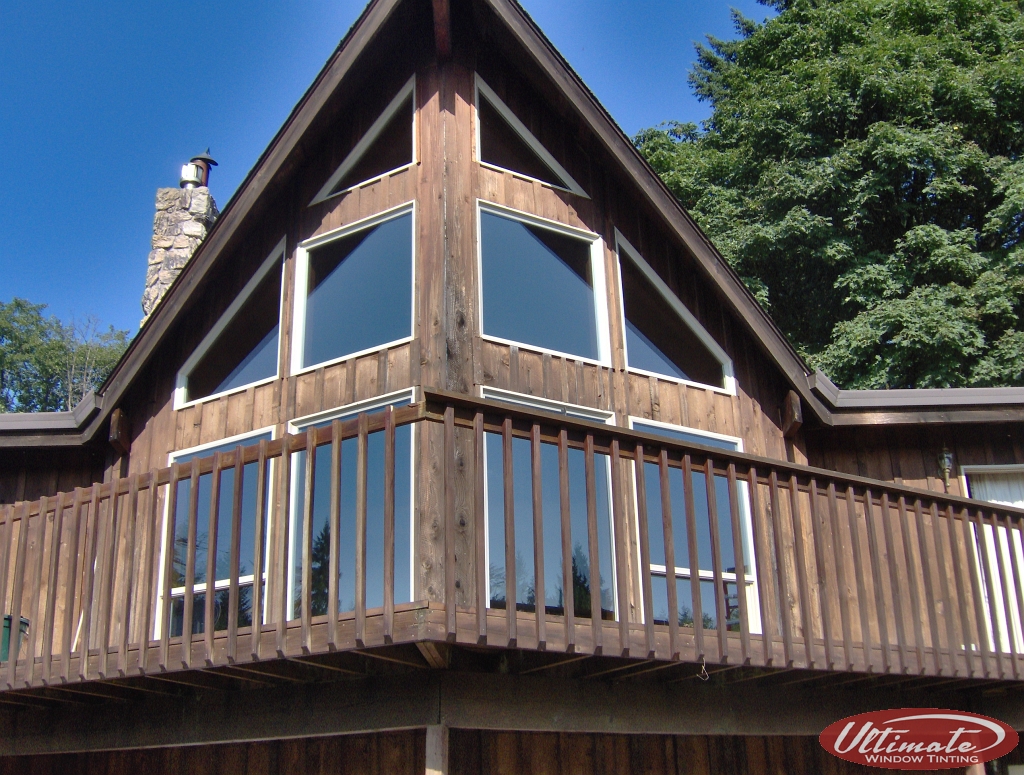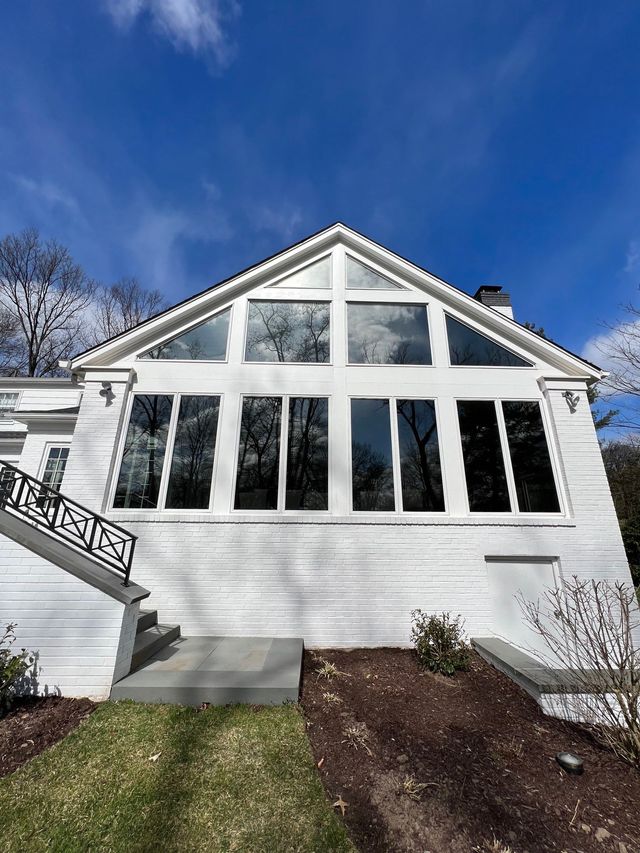How Residential Window Tint Improves Your Home's Aesthetic Allure
How Residential Window Tint Improves Your Home's Aesthetic Allure
Blog Article
Just How Residential Window Tinting Enhances Your Home's Power Performance
Residential window tinting offers a compelling option for home owners looking for to boost power performance within their living rooms. By using specialized movies to home windows, it effectively reduces warm transfer, thereby supporting indoor temperature levels and decreasing the requirement for too much heating or air conditioning.
Understanding Home Window Tinting
Understanding window tinting is necessary for home owners looking for to improve both comfort and power effectiveness in their living rooms. Residential Window Tint. Window tinting entails the application of a thin movie to the inside or exterior surface of glass home windows. This movie can considerably regulate the quantity of sunlight and heat that enters a home, therefore influencing indoor climate conditions
There are different kinds of home window tinting movies available, each with distinctive homes. For instance, dyed films absorb solar power, while reflective movies deflect it far from the glass surface. Ceramic films use an equilibrium of presence and heat denial, making them a preferred selection among homeowners. The performance of home window tinting is usually gauged by its Visible Light Transmission (VLT) percent, which shows how much light can travel through the movie.
Advantages of Energy Effectiveness
Window tinting not just enhances aesthetics but likewise plays a substantial function in improving energy efficiency within residential spaces. By minimizing heat transfer through home windows, colored films produce a much more secure interior environment, which can result in considerable decreases in energy intake for cooling and heating. This energy performance converts into lower utility expenses, giving homeowners with substantial long-lasting cost savings.

Additionally, home window tinting enhances the comfort of living areas. By minimizing glare and obstructing dangerous UV rays, colored windows produce an even more pleasant setting, which can result in enhanced wellness for passengers. The security against UV rays likewise aids maintain furniture and flooring from fading, contributing to the longevity of home things.
Exactly How Tinting Works
Tinting films operate through a mix of sophisticated materials and innovations created to control the amount of solar power going into a home. Largely composed of polyester, these films usually incorporate metal or ceramic bits that take in and reflect heat. This twin ability allows them to dramatically reduce the penetration of ultraviolet (UV) rays and infrared radiation while allowing visible light to pass through.
The efficiency of home window tinting is gauged by its solar heat gain coefficient (SHGC), which indicates just how much solar energy is sent with the home window. Lower SHGC worths are more suitable as they denote better warmth being rejected. Furthermore, home window colors can include a variety of shades, allowing property owners to personalize their visual preferences while enhancing energy effectiveness.
Moreover, these films function as a barrier, avoiding warm loss throughout cooler months by mirroring interior heat back into the space. This thermal insulation effect matches the air conditioning advantages acquired during warmer months, adding to a well balanced interior climate year-round. By managing solar energy properly, property home window tinting not only boosts comfort but likewise plays an important role in reducing power usage and lowering utility costs.
Choosing the Right Color

There are numerous types of home window films readily available, consisting of colored, metalized, and ceramic. Dyed films are economical yet might have restricted durability. Metalized films offer better warm denial however can disrupt digital signals. Ceramic films supply excellent heat control without compromising visibility and are very resilient, making them a prominent selection.
Visible light transmission (VLT) is one more important factor, as it suggests the amount of natural light that can travel through the colored glass. Property owners need to choose a color with a VLT that complements their illumination choices while still supplying adequate glow decrease.
In addition, assessing the solar heat gain coefficient (SHGC) can help determine just how well a color can block warm from sunshine. A reduced SHGC shows far better heat control, inevitably boosting energy effectiveness.
Installment and Upkeep Tips
Correct installation and maintenance are crucial components in making the most of the advantages of household home window tinting. Experts also use specialized devices and methods, which can boost the toughness and effectiveness of the tint.
Adhering to setup, upkeep is important to lengthen the life of the window movie. It is recommended to wait at the very least 30 days before cleaning the colored home windows to permit the adhesive to heal completely. When cleansing, make use of a soft towel and a mild, ammonia-free cleaner to stay clear of damaging the film. Stay clear of rough products that could damage the surface area.
Resolving view publisher site these concerns promptly click for more can prevent additional damage and preserve power efficiency. By sticking to these installment and maintenance pointers, homeowners can guarantee their window tinting proceeds to provide substantial energy financial savings and comfort for years to come.
Final Thought
To conclude, property window tinting works as an effective option for enhancing energy performance within homes. By decreasing heat transfer and obstructing hazardous UV rays, home window movies add to lower energy usage and enhanced interior convenience. The selection of ideal tinting materials, together with correct installment and maintenance, better takes full advantage of these advantages. Eventually, home window tinting represents a lasting investment that check my blog not just reduces utility costs but also promotes a comfy living setting throughout the year.
Home window tinting includes the application of a slim movie to the interior or outside surface of glass windows. By lowering warmth transfer with windows, colored movies create an extra steady interior climate, which can lead to considerable decreases in power intake for home heating and cooling.The effectiveness of window tinting is gauged by its solar heat gain coefficient (SHGC), which suggests just how much solar power is transmitted via the window. By managing solar energy efficiently, domestic home window tinting not just enhances convenience yet additionally plays an essential role in lowering energy usage and reducing energy expenses.
By reducing warm transfer and blocking damaging UV rays, home window movies add to reduce energy consumption and enhanced indoor comfort.
Report this page